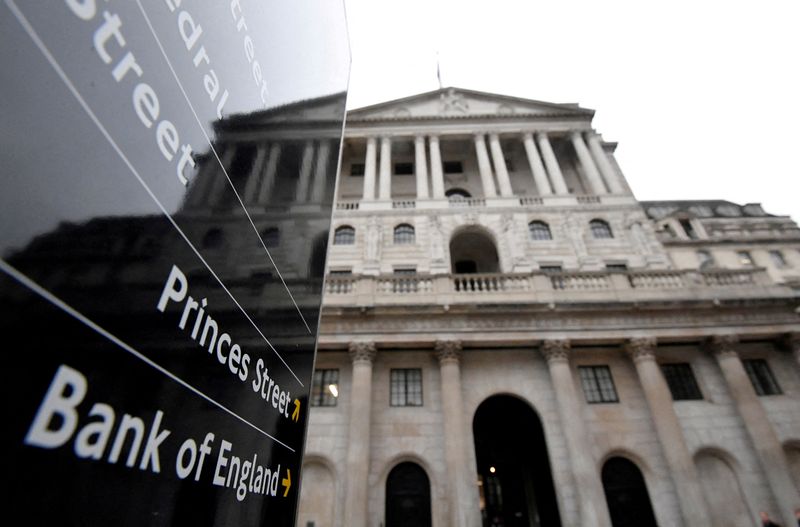Street Calls of the Week
Investing.com - The global stock markets' recent upward trajectory indicates a resurgence in worldwide liquidity. This follows last year's slump when the cash and credit circulating within financial markets took a dip. Central banks' quantitative tightening strategies—designed to reverse significant stimulus schemes that buttressed economies and markets—seem to have fallen short.
Data suggests that October 2022 was the low point for the liquidity cycle, triggered by complications surrounding former UK Prime Minister Liz Truss's mini-Budget. However, an upward trend is now projected over the coming years. Consequently, investors can anticipate continued support from global liquidity rather than facing harsh headwinds like those seen last year—a promising prospect for stocks but less so for bond investments.
Last autumn’s gilt sell-off in Britain provides insight into future hurdles that sovereign debt markets may face, signaling tough decisions ahead for policymakers and investors alike. In today’s financial landscape, preserving the integrity of banks and sovereign bond markets is crucial. Major central banks spearheaded by the US Federal Reserve recently infused substantial funds into money markets as part of rescue efforts for unstable banking institutions. It seems likely they will need to extend similar assistance to indebted governments moving forward.
In essence, maintaining fiscal stability requires more central bank liquidity injections—not only in financial systems but also in government operations—in our highly indebted world context. Large-scale balance sheets at central banks are becoming increasingly essential as we move away from quantitative tightening back towards quantitative easing with no significant contraction expected soon in our estimated $170 billion pool of global liquidity.
Despite promises otherwise, attempts at reducing US Fed’s balance sheet size have been unconvincing thus far; decreases achieved through direct bond purchases are counterbalanced by other Federal Reserve programs designed to generate additional liquidity such as short-term commercial bank loans.
Moreover, discussions around buybacks aimed at improving bond market fluidity along with plans focusing on bill sales targeting money market funds or decreasing average durations available Treasuries all hint towards further bolstering global liquidity—an indication that we should brace ourselves for more policy curveballs down this line.
History has shown us how critical liquid capital is within financial sectors burdened with substantial debts accrued by corporations households governments alike; an estimated seven out of eight dollars exchanged globally now go towards refinancing these existing obligations leaving little room for new projects, particularly amidst escalating government deficits.
